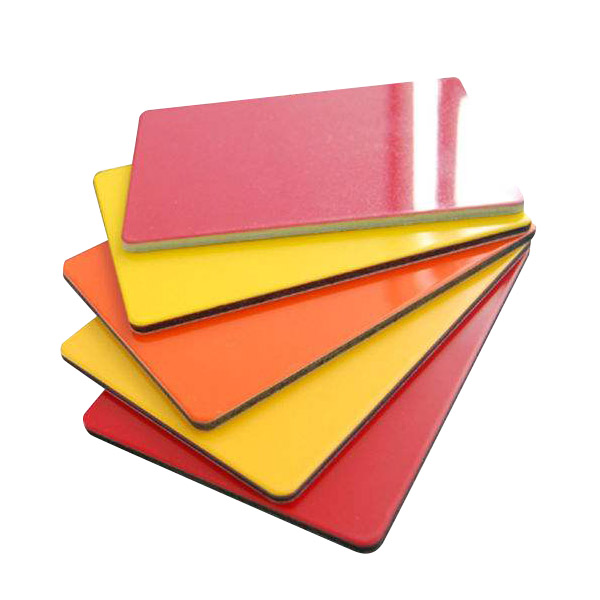Exploring the Strengths of PE Coating in Aluminum Composite Panels (ACP)
2024-01-31
Introduction:
Aluminum Composite Panels (ACP) have become a staple in contemporary architecture, known for their versatility and aesthetic appeal. One crucial aspect that contributes to the performance and durability of these panels is the coating applied to their surfaces. One such coating that stands out is Polyethylene (PE). In this blog post, we delve into the world of PE coating in the context of Aluminum Composite Panels.
Understanding PE Coating:
Polyethylene, commonly abbreviated as PE, is a thermoplastic polymer widely used in various industries for its remarkable properties. In the context of Aluminum Composite Panels, PE coating serves as a protective layer that enhances the overall characteristics of the panels.
Key Properties of PE-Coated ACP:
1. Weather Resistance: PE coating provides excellent protection against weather elements, making ACPs suitable for both interior and exterior applications. It shields the panels from UV rays, preventing color fading and maintaining the aesthetic appeal over time.
2. Flexibility and Formability: The flexibility of PE-coated ACP allows for intricate designs and easy installation. Architects and designers appreciate the freedom to experiment with shapes and forms while maintaining durability.
3. Cost-Effectiveness: PE-coated ACPs are often more cost-effective compared to other coating types, making them an attractive choice for projects with budget constraints without compromising on quality.
Manufacturing Process:
The manufacturing process of PE-coated Aluminum Composite Panels involves bonding a PE core between two aluminum sheets. The sheets are coated with a layer of polyethylene before the lamination process. This ensures a strong adhesion, creating a robust and durable composite material.
Advantages of PE Coating:
1. Lightweight: PE-coated ACPs maintain the lightweight characteristic of aluminum, facilitating easy handling, transportation, and installation.
2. Ease of Maintenance: The smooth surface of PE-coated ACPs makes them easy to clean, requiring minimal maintenance to preserve their appearance.
3. Thermal Insulation: PE coating contributes to the thermal insulation properties of ACP, providing energy efficiency and contributing to the sustainability of buildings.
Considerations and Applications:
While PE-coated ACPs offer numerous advantages, it's essential to consider specific factors, such as fire resistance and environmental impact. These considerations guide the selection of the right type of coating for different applications, ensuring optimal performance.
Conclusion:
PE coating plays a pivotal role in enhancing the functionality and aesthetics of Aluminum Composite Panels. Its weather resistance, flexibility, and cost-effectiveness make it a popular choice for architects, builders, and designers. As technology advances, ongoing research and development efforts continue to refine and improve PE-coated ACPs, ensuring they remain a top choice for a wide range of architectural applications.



